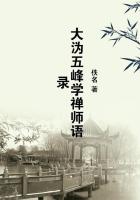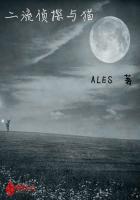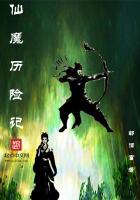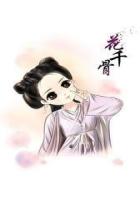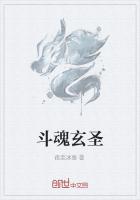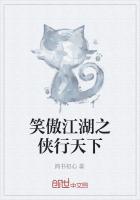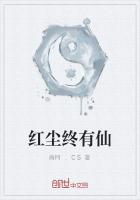The second task of Historical Romance is, to group historical characters according to their internal natures, and thus to elucidate and illustrate history. This illustration then leads to the third task, which is the discovery and exposition of the motives which impel individual historical personages to the performance of great historical acts, and from outwardly, apparently insignificant events in their lives to deduce their inmost thoughts and natures, and represent them clearly to others.
Thence follows the fourth task: the illustration of historical facts by a romance constructed in the spirit of the history. This fourth and principal task is the presentation of history in a dramatic form and with animated descriptions; upon the foundation of history to erect the temple of poesy, which must nevertheless be pervaded and illuminated by historic truth. From this it naturally follows that it is of very little consequence whether the personages of the Historical Romance actually spoke the words or performed the acts attributed to them; it is only necessary that those words and deeds should be in accordance with the spirit and character of such historical personages, and that the writer should not attribute to them what they could not have spoken or done. In the Historical Romance, when circumstances or events are presented in accordance with historical tradition, when the characters are naturally described, they bear with them their own justification, and Historical Romance has need of no further defence.
Historical Romance should be nothing but an illustration of history.
If the drawing, grouping, coloring, and style of such an illustration of any given historical epoch are admitted to be true, then the illustration rises to the elevation of a work of art, worthy of a place beside the historical picture, and is equally useful.
Raphael's "School of Athens," his "Institution of the Communion,"and many others of his pictures, are such illustrations of history--as also the great paintings of Rubens from the life of Anna dei Medici; and then the historical pictures of Horace Vernet, of Delaroche, of Lessing, and of Kaulbach--all these are illustrations of history. What those artists present and illustrate with paint and pencil, the Historical Romancer represents in words with his pen;and when he does this successfully, he will live in the memory of his reader as imperishably as the great historical pictures of the painters in the memory of their beholders.
It would occur to no one to accuse a successful historical picture of falsehood, because the books of history do not show that the occurrence took place precisely in the manner represented, that the historical personages really so laughed or wept, or so deported themselves. If the situation and grouping of historical events are allowed to be in accordance with the general tenor of history, then the picture may be pronounced historically true, and is just as good a piece of history as the record of the special historian. It is the same with the pictures of the romancer as with those of the painter;and this is my answer to those who, on every occasion, are continually asking: "Was it really thus? Did it really occur in that manner?"Show me from history that it could not be so; that it is not in accordance with the character of the persons represented--then Iwill confess that I am wrong, and you are right; then have I not presented an illustration, but only a caricature of history, faulty as a work of art, and wanting the dignity of truth.
I am conscious of having earnestly and devotedly striven for the truth, and of having diligently sought it in all attainable historical works. The author of an Historical Romance has before him a difficult task: while he must falsify nothing in history, he must poetize it in a manner that both historical and poetic truth shall be the result. To those, however, who so very severely judge Historical Romance, and would deny its historical worth, I now, in conclusion, answer with the following significant quotation from Schiller:
"I shall always prove a bad resource for any future historian who may have the misfortune to recur to me. History is generally only a magazine for my fantasy, and objects must be contented with whatever they may become under my hand."--(See Weisnar's "Musenhof," p. 93.)This declaration of Schiller satisfies me with respect to the nature of my own creations. I desire not to be a resource for historical writers, but I shall always earnestly and zealously seek to draw from the wells of history, that nothing false or unreal may find a place in the "magazine of my fantasy."CLARA MUNDT, (L. MUEHLBACH. )
BERLIN, September 22, 1866.
OLD FRITZ AND THE NEW ERA.


